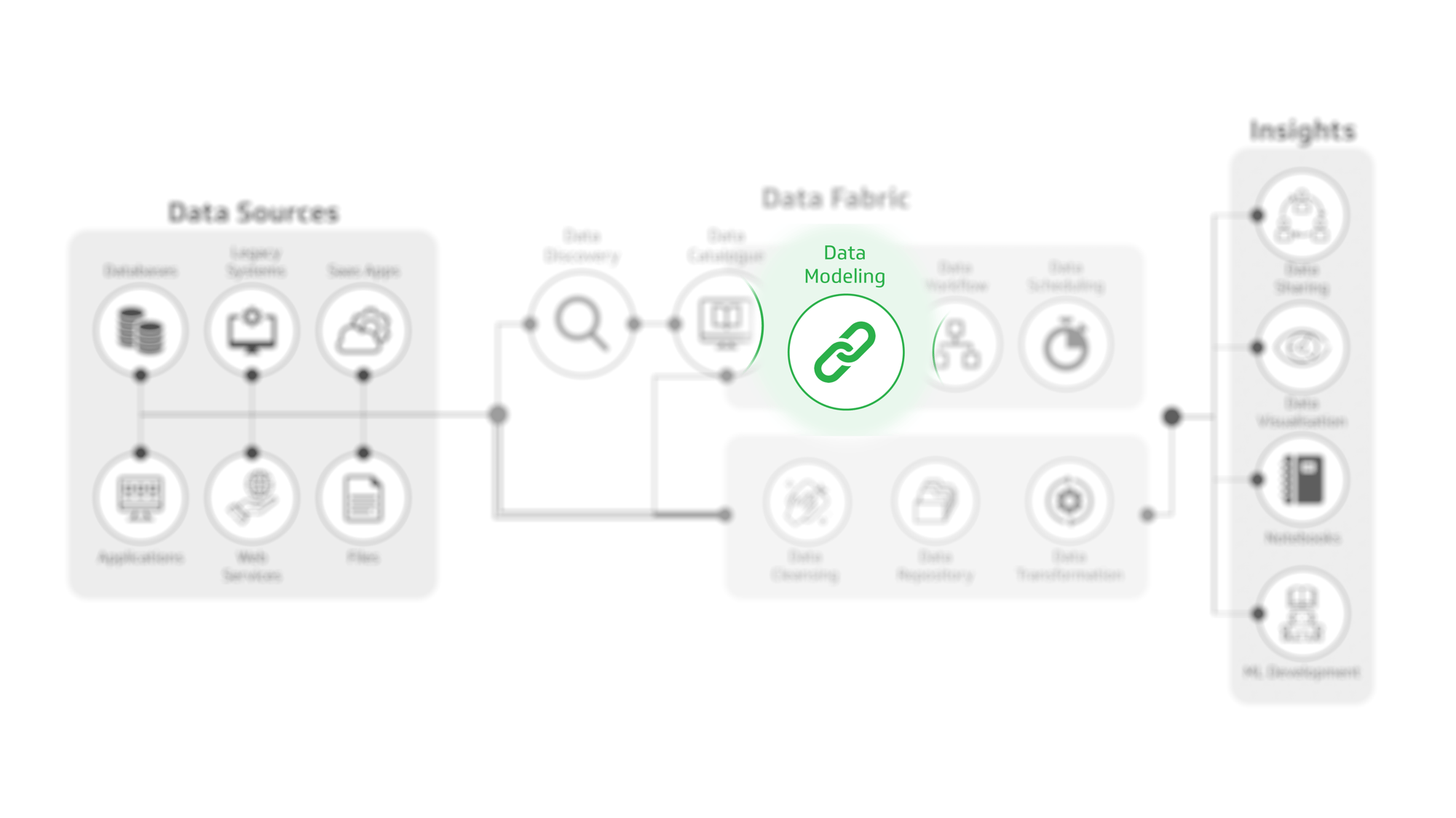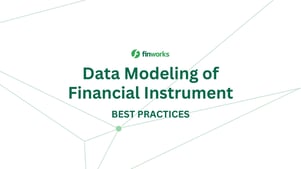Data Management
Finworks Data Modeling
Approach for reducing the drawbacks of poorly constructed data
Develops a process for identifying and managing data resources, Enhancing the overall quality and agility of your data capacity to effectively support data governance and data intelligence programmes.

What is Data Modeling?
Data modelling is the process of visualising a whole information system or sections of it to convey connections between data points and structures. The purpose is to demonstrate the many forms of data utilised and stored inside the system, the relationships between different data types, the various ways the data may be categorised and arranged, and its formats and features.
Finworks offers a complete infrastructure platform that supports a diverse range of SQL and NoSQL databases and the developer tools required to properly manage the resources inside them. Finworks also provides open-source tools that support developers in optimising speed and reliability by managing object, file, and block data storage.
Finworks data modeling helps organisations;
- Create an entity connection diagram (ERDD) after determining the entities - Document how these various entities interact with one another in your organisation and what high-level connections exist between them.
- Establish your facts, figures, and qualities - A fact is a piece of information in your data that shows a particular event or transaction. Your figures are quantitative, such as quantity, revenue, and cost. Descriptions, places, and dates are examples of qualities.
- Establish a data view connection using a graphical tool or SQL queries - This allows you to graphically create your relationships by dragging and dropping pieces into your model. When constructing a view, you may combine tables and even other views into a single output. When you choose a source in the graphical view and drag it on top of another source that is already connected to the output, you will be able to combine or make a union of these tables.
More Resources about Data Management
SUBSCRIBE TO OUR NEWSLETTER
Ready to build your ultimate data foundation?
Getting started is easy
Our powerful, easy to deploy software enables you to continuously gather, manage, question and learn from all the data available to you, and make significant ongoing improvements to your business as a result.
